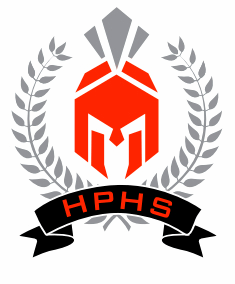Computer Science
Students in the Software and Systems Development pathway prepare for careers related to computer science that involve the design, development, implementation, maintenance, and management of systems that rely on software programs to satisfy the operational needs of modern business organizations. Persons with expertise in systems development and programming are critical to support operations like electronic commerce, medical records management, retail sales and inventory management, digital entertainment, and use of energy. Sample occupations associated with this pathway:
-
- Computer Programmer
- Software Developer/Applications
- Information Security Analyst
- Web Developer
- E-Business/E-Commerce Specialist
HTML + CSS Student Work
Every developer on their journey to be a master web developer learns HTML in the first place. After being handy with HTML, one proceeds to the next step of learning, which is CSS. The modern-day webpages are so robust and made of advanced technology. Therefore, the question here is – Is HTML and CSS enough to create a website?
The short answer here is Yes.
For a static website that displays text, images, links, and buttons beautifully, HTML and CSS are more than enough to get you a good-looking landing page or even a business website
Welcome to Our Game Design Class
In our Game Design course, students learn to bring their creativity and logic to life by building classic video games from scratch using HTML, CSS, and JavaScript. We begin with foundational games such as Pac-Man, Snake, and Ping Pong, breaking down each game into manageable development steps.
How We Develop Games:
-
Pac-Man Game: Students learn about sprite movement, collision detection, and maze creation. They program the character to move smoothly and respond to keyboard input, and design a point system that rewards players for collecting items.
-
Snake Game: This project teaches grid-based logic, growth mechanics, and game-over conditions. Students learn how to make the snake move continuously, grow after eating food, and end the game upon hitting walls or itself.
-
Ping Pong Game: Students implement a bouncing ball, paddles controlled by players, and scorekeeping. They also explore simple AI by creating an automated opponent paddle.
Throughout each project, students gain hands-on experience with game loops, event listeners, animations, and conditionals—core computer science concepts.
What Motivates Our Students to Develop Games:
-
Creativity and Expression: Games are a fun way to express unique ideas, characters, and stories. Students enjoy designing their own levels, graphics, and challenges.
-
Problem-Solving: Game development involves logic and critical thinking, motivating students to solve puzzles like movement algorithms and collision logic.
-
Collaboration and Sharing: Many students are excited to share their creations with friends and family, fostering a sense of pride and accomplishment.
-
Passion for Gaming: As gamers themselves, students are naturally excited to understand how games work and to create their own versions of the games they love.
Our classroom encourages exploration, trial-and-error, and innovation—building not just games, but also confidence and future-ready coding skills.










